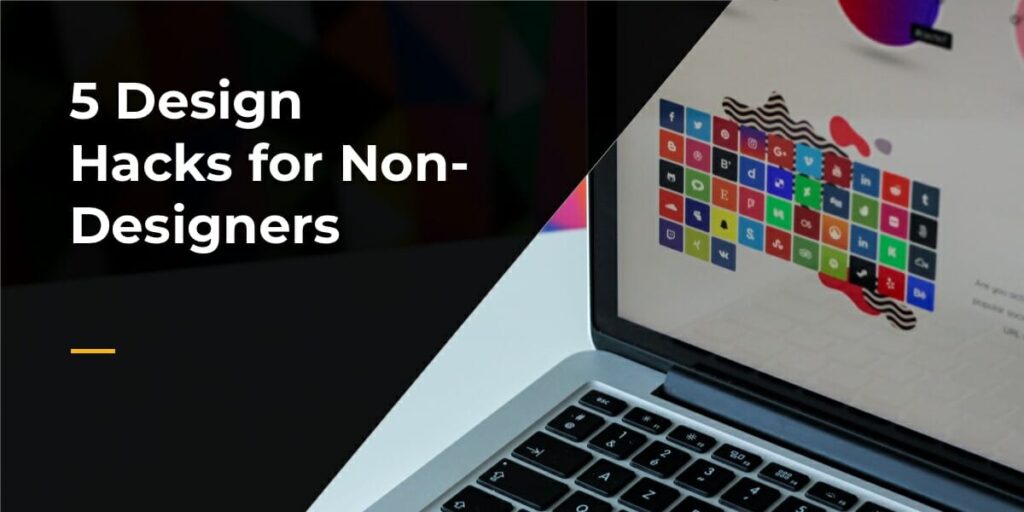If you didn’t go to design school or haven’t spent hundreds of hours inside of Photoshop or InDesign, you likely hit a roadblock when it comes to design. For some of us, the phrase “fake it ‘til you make it” has been used a few too many times. Whether it is designing a new logo, creating social media posts or building websites and graphics, non-designers may struggle with figuring out where to start. Good news, by no means do you have to be a professional to pull off impactful designs. We’ve put together a list of six tools and tricks that might be useful for you and your business!
1. Style Guide
Creating a style guide for your company is a very good place to start. It is a simple fix in creating consistency across your brand! Here at Snapshot, we compiled a style guide full of fonts, colors, logos, and other useful tips when creating content for our platforms. By sharing this guide with your current team and at new hire orientations, you can guarantee that your designs will look uniform and cohesive. Plus, it’s almost like a company dictionary (and we all could use something to keep us on track)!
2. Canva
It all starts here – Canva is an extremely powerful DIY tool. It makes creating graphics easy by providing almost any template imaginable. It even gives you ways to build your own! It features a drag-and-drop editing system that makes it simple to customize designs for your business. It is also a helpful tool in making sure your posts and graphics look uniform and consistent. An even more attractive quality? It’s free to use and built for people with limited design experience.
3. Typography
The use of contrasting fonts can be an immediate enhancement to your designs. This being said, contrast in typography can come in many shapes and sizes! It could be anything from a contrast in large and small type to completely different fonts alongside each other. Both can create maximum impact! It is also important to look at the contrast between the color of your font and the background of your image or post. By paying attention to and altering these little typefaces, you can make your designs pop!
4. Whitespace
Less is more when it comes to design. This is definitely a relief to hear when you feel like you have an overwhelming amount of space to fill in a project! The good news is – there’s no need to stress! By utilizing whitespace, also sometimes referred to as negative space, we can create designs that are less confusing for viewers. It keeps the image from looking too cluttered and gives viewers a visual break while processing content!
5. Quality Images
In the past, many of us have relied primarily on the camera on our iPhones for taking photos. Though the iPhone picture quality has significantly increased throughout the years, nothing beats a photo taken by a professional camera. You do not have to be an experienced photographer to tell the difference in or operate a high-quality camera. If you have someone in the office or on the team with experience using cameras, great! If not, no sweat. It is an easy piece of equipment to self-teach on (and it’s what I have had to do)! By taking the time to use an image from a Canon or a Nikon, the quality of your product notably increases. It’s a simple trick to more professional looking advertisements, emails, newsletters, social media and so much more! There are also websites like unsplash and pexels that have an endless amount of free, high-quality images to pick and choose from.
Now go forth and create beautiful things!








